As a professional...
Challenges and problems facing the Indian packaging industry in 2021
Rising input costs and supply chain disruption are having a negative impact on India's corrugated packaging industry, thereby affecting its revenue problems. The energy crisis, economic tensions, rising freight and fuel rates, and goods and service taxes imposed on corrugated boxes continue to hurt the already troubled corrugated packaging industry.
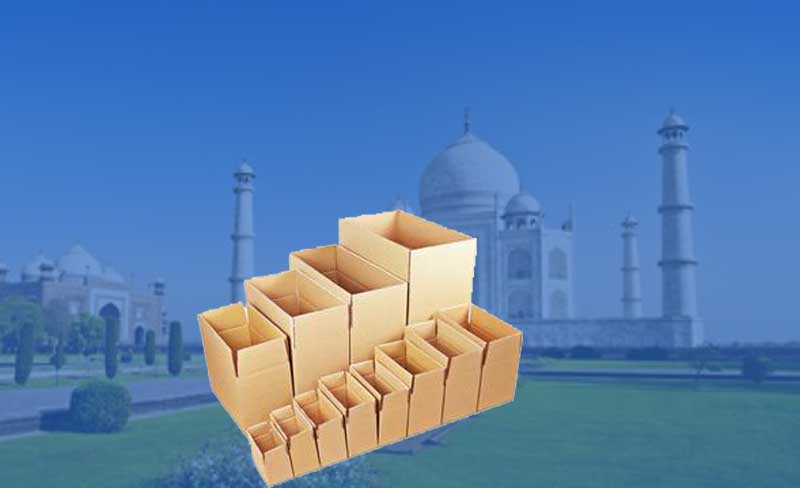
"The current industry is not only facing challenges, but survival issues." said Sanjay Rajgarhia, president of the Indian Corrugated Box Manufacturing Association (ICCMA). “In the past three months, our overall costs have increased by 30%. Between January 2020 and March this year, the cost of raw materials for corrugated box manufacturers has increased by at least 70%. In addition, the paper mills have increased their costs every week. While raising prices, carton manufacturers must wait for customers to agree and approve price increases."
At present, the entire Indian corrugated box industry has about 400 automated production companies and more than 10,000 semi-automated production companies, mainly small, medium and micro enterprises. If some factories are closed, more than 700,000 employees will be affected, which may have a very negative impact on the economy.
Corrugated boxes play a vital role in India's domestic supply chain and exports. In addition to recycled brown cartons, the industry also uses raw materials such as kraft paper, waste paper and scrap. Kirit Modi, Honorary Chairman of ICCMA, said: “Since January 2020, the prices of the main raw materials for kraft paper mills, such as scrap and waste paper, have more than tripled.”
Before January 2020, the price of waste paper and scrap priced at less than US$100 per ton is currently US$330. ICCMA Chairman Sandeep Wadhwa said: “The shortage of containers and higher freight rates have added fuel to the fire.”
According to reports, earlier, the cost of shipping containers from India to the United States was 2,000-2,500 U.S. dollars, and now it has soared to 12,000 U.S. dollars, while freight to destinations such as West Asia has risen seven times and has now reached 1,500 U.S. dollars. On the other hand, ocean freight rates have increased by more than 300% year-on-year.
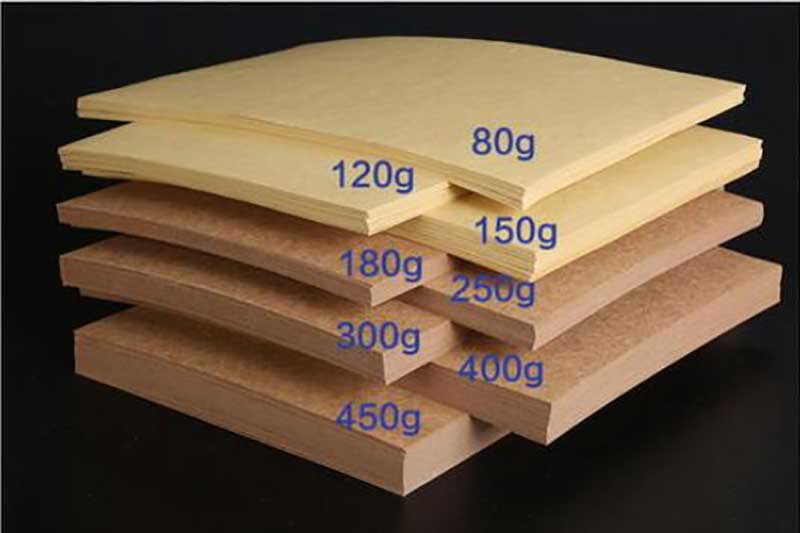
energy crisis
“The price of coal has risen from 3,000 rupees per ton to nearly 14,000 rupees per ton now. We need at least one ton of coal to produce one ton of paper for the factory with a combined heat and power plant,” Rajgarhia said.
Wadhwa said that the energy crisis has had a huge impact on corrugated box manufacturers. With factories operating with zero inventory and crude oil prices above $80 a barrel, the energy crisis has almost begun. "Electricity prices will rise further and everything seems to be out of control," Wadhwa said.
Harish Madan, vice president of ICCMA, said: “The spiral increase in prices of all commodities and the three-fold increase in coal prices have made the carton manufacturer industry struggling for survival.”
"All commodities are in an upward cycle, and the cost of other inputs such as kraft paper, adhesives and starch, ink and steel have continued to increase. In some cases, prices have even increased by 40%," Modi said.
Globally, since the beginning of this year, coal prices have risen by nearly 190%, while steel prices have risen by 32%. Since the price of corn has risen by 10% during this period, the price of starch has risen.
Difficult to raise prices for customers
"We have notified our customers of the situation we are facing through a notice. However, due to the rise in the commodity market, they are also facing similar problems," Wadhwa said.
Rajgarhia said the problem facing Indian manufacturers is the country’s fiber shortage and dependence on imports. At the same time, due to soaring prices, the industry cannot even pass on half of the additional costs it has to bear.
When asked about exporting kraft paper to China, Modi said that shipments were not as high as six months ago. "If this trend continues, we will be in greater trouble," he said.
As China began to import large amounts of kraft paper to meet its domestic demand, it has also become one of the main reasons for the soaring domestic paper prices in India. Before the enactment of the waste paper import ban, China had been importing waste paper from all over the world. This includes all waste paper produced in the United States, Europe and other developed countries, which is mainly recycled to make paper.
In view of the waste import ban, Chinese paper mills have switched to importing kraft paper from India. Kraft paper is recycled paper, and Chinese factories use it as a source of pulp or fiber to make paper.

Higher consumption tax
In addition to these issues, the corrugated box industry is also facing higher Goods and Services Tax (GST) levies. From October 1, the consumption tax on corrugated boxes will be raised from 12% to 18%.
"This will put further pressure on our working capital because we must provide credit to customers immediately. This poses a huge challenge to our working capital, and we must also pay interest to the bank for this," Wadhwa said. "The carton industry is currently It’s like being in a long dark tunnel, and you don’t see any light."
“The biggest challenge facing the corrugated box industry is the lag in price implementation. ICCMA spokesperson Vikas Goyal said that although the purchase situation is dynamic, in the case of sales, it is either carried out in stages or at contract rates.
The problem with the industry is that the industry is driven by paper mills, and the price increase is announced via SMS or Whatsapp messages, and it takes effect immediately. On the other hand, customers are mainly brand companies and need to contact them to request approval to increase the price so that the rate on the order can be modified.
Paper prices are rising every week
Goyal said that although paper mills are raising prices every week, carton manufacturers must wait for customers to agree and approve the price increase. "Before that, we had to pay for it out of our own pockets, which hurt us a lot because of the huge increase in costs," he said.
In the past, this situation has happened once, and the industry has been the first to bear the brunt. But now, with the sharp increase in the frequency of price increases, customers should also consider how to correct this problem, Goyal said, "We need to make corresponding price increases immediately to maintain feasibility."
Madan said that the added value of the industry is small, so input costs are sometimes higher than sales prices.
As of now, the industry believes that there is no respite and no way out. "Before the end of winter in Europe and other Western countries, input prices are expected to remain firm because the demand for energy will increase. We must accept this situation and work hard to overcome it," Wadhwa said.


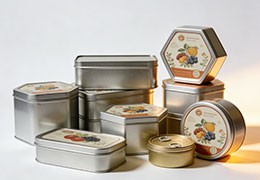






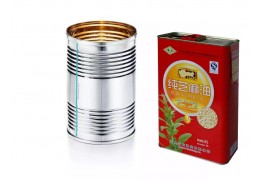

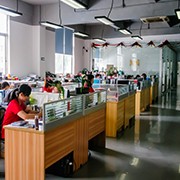


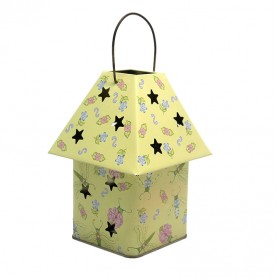



Últimos comentarios